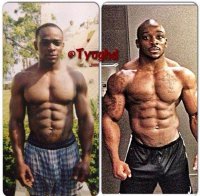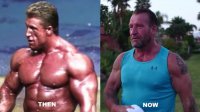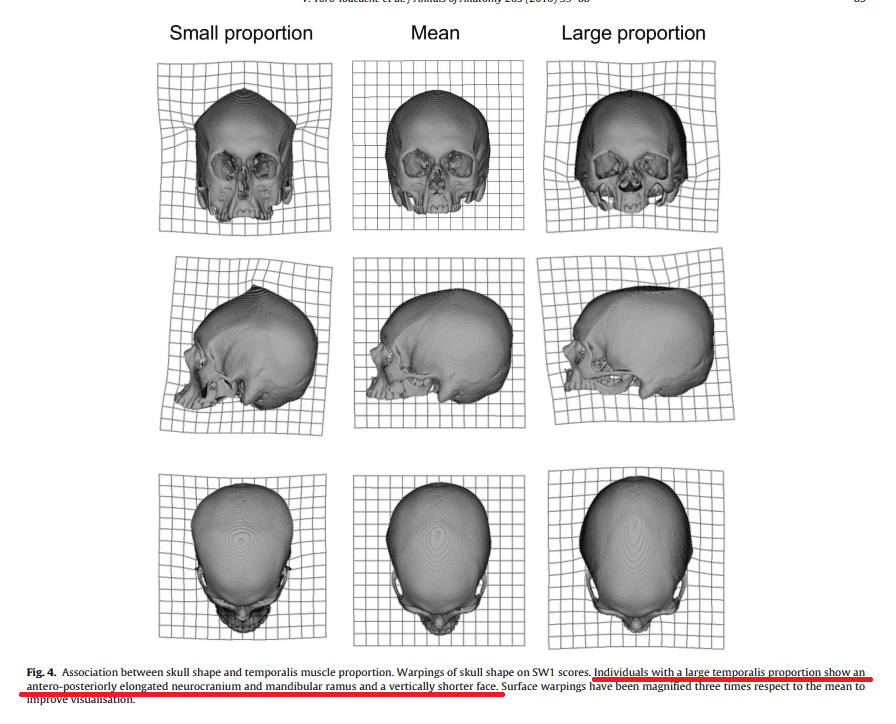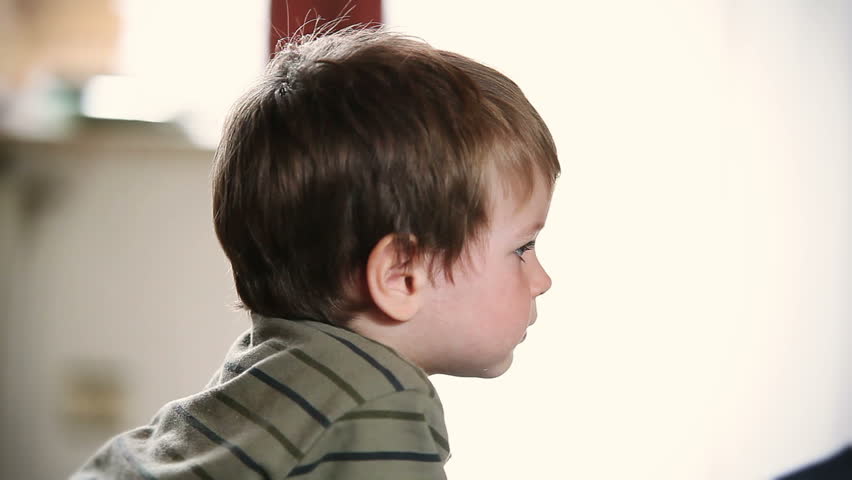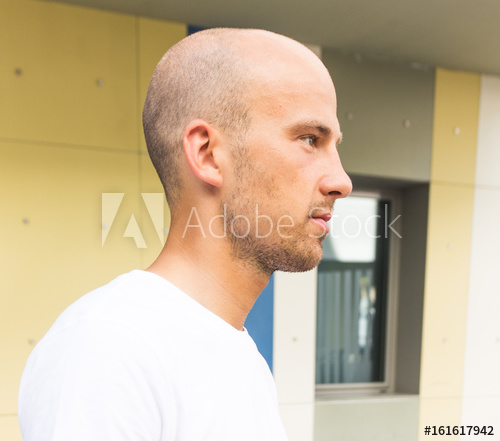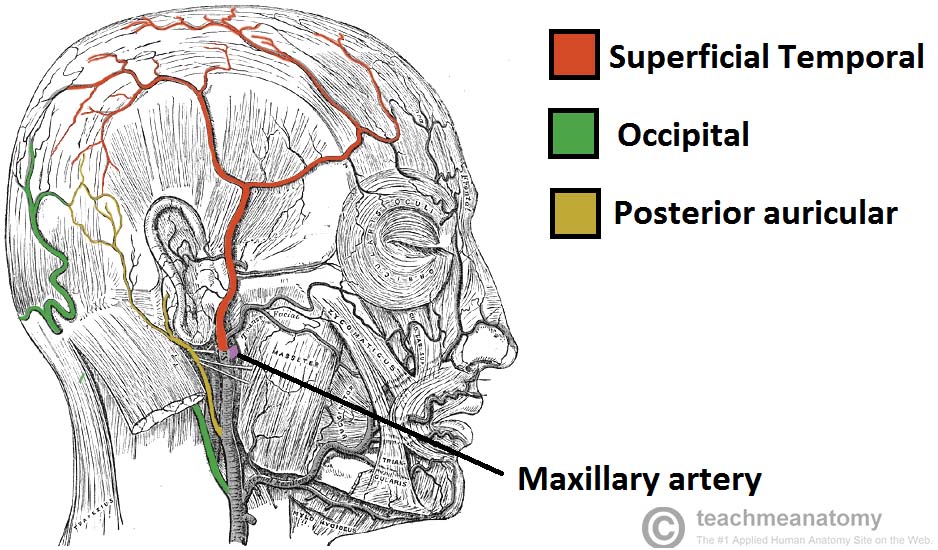GorillaHead
Member
I personally think that remodelling of the scalp tissue/breaking up the fibrosis and calcification is very difficult to achieve without including some form of massaging or micro-needling. I have personally noticed a definitely filling in of my temples and starting to on my crown after adding in micro-needling. It is a very fine balance to strike though as if you are too aggressive with the micro-needling and the massaging then you will actually cause more hair loss because the the scalp will just be chronically inflamed.
The body has to be able to be in a healthy enough place to be able to handle the inflammation and repair accordingly.
I personally found that it has to be quite aggressive for it to have a positive effect (you have to draw blood). I do it once every 10-14 days.
hmm i may try this. How often u do it sounds about right too. Those people microneedling daily are causing damage

